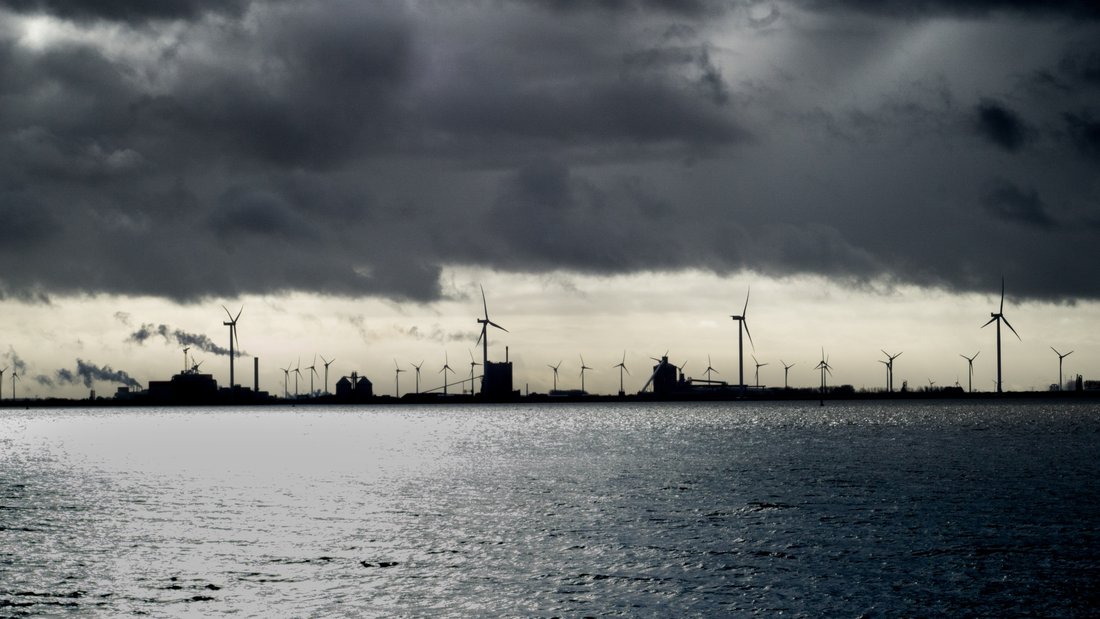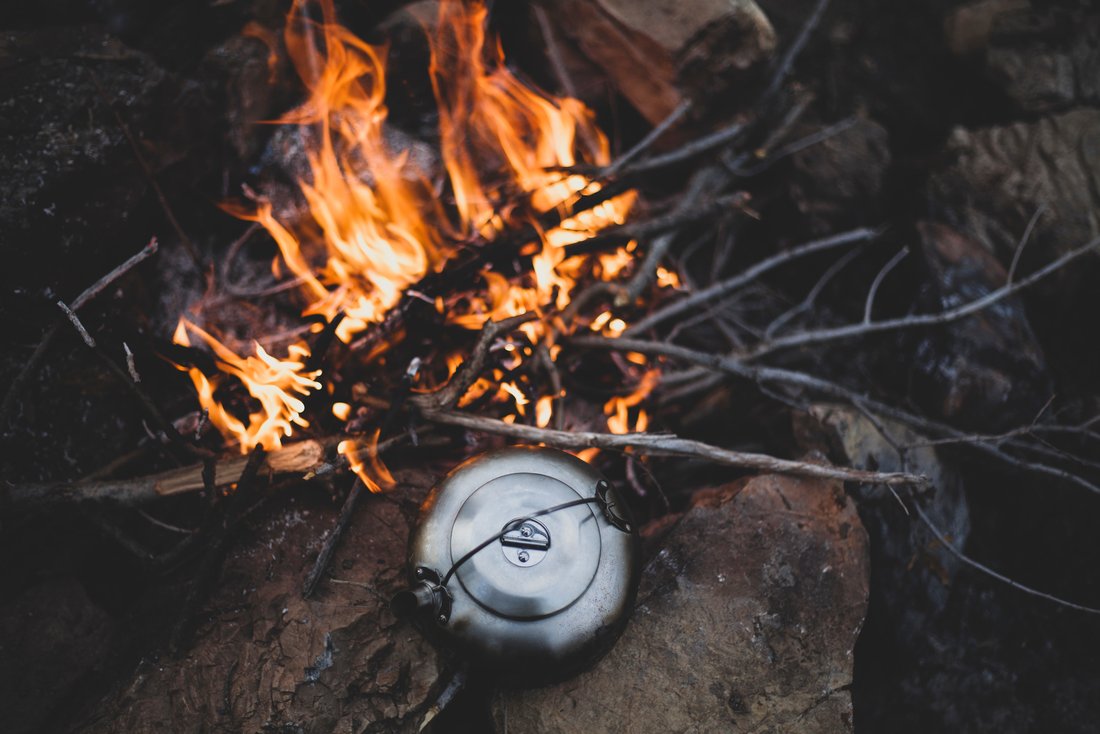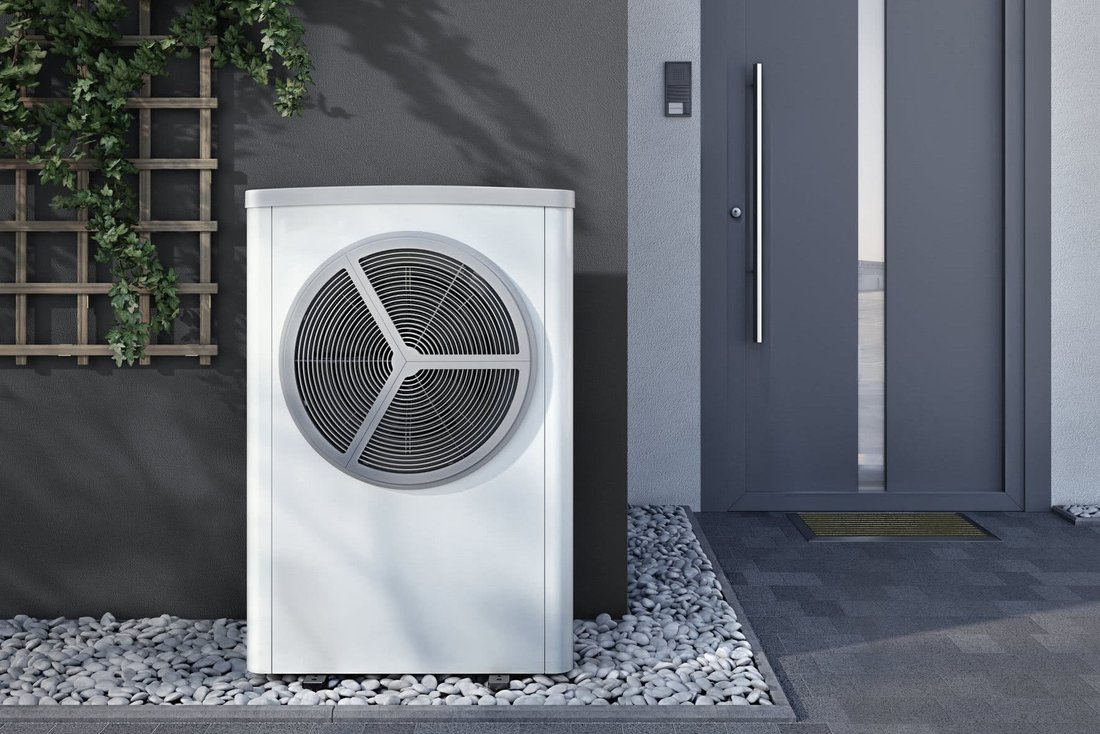Exergy and anergy: Why we need to change our understanding of energy
Energy = exergy + anergy
In technical thermodynamics, exergy refers to the part of the energy that can do work. This is possible through a thermodynamic balance between the energy source and the environment. This work can be converted mechanically (car), chemically (hydrogen production), thermally (heating) or electrically (electricity). The part of the energy that cannot be used initially, e.g. the waste heat, is called anergy.
A simple example:
If you leave boiling water in a place at room temperature, it gradually cools down until it reaches that room temperature. During this process, the hot water gives off its heat to the surroundings, which increases in the process - although hardly measurably. This means that the exergy which existed in the higher temperature level compared to room temperature is dissipated irreversibly. Exergy became anergy. Anergy is energy that can no longer be used (without renewed energy supply). Only by adding auxiliary means (e.g. electricity) can exergy be created again.
Unlike energy, exergy can very well be reduced or even completely destroyed.
Energy is a physical conservation variable, exergy is not.
Exergy is therefore not conserved, but is gradually transformed into anergy. This is the second law of thermodynamics.
So much for the physical digression.
In the age of the combustion engine, anergy was synonymous with waste. But a fundamental change is taking place here: Today, in the age of efficient heat pumps, anergy is becoming a valuable heat source.
Our first goal must therefore be to waste less of this precious exergy. Our second goal is to use anergy.
Reduce exergy consumption - use anergy
If fuel or gas is burnt in a boiler, or heat is obtained directly by means of electric heaters, a great amount of exergy is wasted in the process. This is because only a small part of the high working capacity of electrical or chemical energy is used in the production of low-temperature heat (heat in the temperature range up to about 130 °C).
A gas boiler uses a flame with 1,900 °C to produce 70° C hot water.
In contrast, an overall system is efficient if the exergy losses are as small as possible and the exergetic efficiency is thus as high as possible. But how can this be achieved?
Heat pump conserves fossil fuel reserves
A much more sensible approach is to use electrical energy - preferably from renewable sources such as wind power or solar energy - to operate a heat pump. Efficiency and coefficient of performance show whether this is profitable:
The thermal efficiency ("Carnot efficiency" after the French physicist Sadi Carnot) is the proportion of mechanical energy that can be generated from a certain amount of heat under ideal conditions.
The efficiency of a heat pump indicates how much electricity it must use to provide a certain amount of heat energy. The key figure therefore shows how efficiently a heat pump works.
Efficiency=heating (usable power)/electricity (supplied power)
The annual performance factor (APF) indicates the average annual efficiency achieved by the heat pump in an individual heating system. Modern heat pumps can achieve an average annual performance factor of 4 and higher when generating low-temperature heat. This means that 4 kWh of low-temperature heat is obtained from 1 kWh of electrical energy (exergy) and 3 kWh of free anergy. So you get much higher efficiency (and lower exergy consumption) than with combustion in a boiler. This conserves fossil fuel reserves.
1 kWh (fossil fuel (directly burned) generates 1 kWh heat.
1kWh (fossil) fuel - converted into electricity in the power plant - results in 0.4 kWh electricity. With a coefficient of performance (COP) of 5, this makes 2 kWh of heat via a heat pump.
Anergy from air, water and earth
As in the example of boiling water, energy is also present in lakes and oceans, however at a different temperature level. This is because in the cooler season, the water is warmer than the outside air. For this reason, waters are an ideal source of anergy.
By using a heat pump and a small amount of electricity, this anergy, which is also present in the ground and in the air, can be converted into usable heat. The temperature difference between the anergy source and the usable temperature should be as small as possible, so that aquathermy and geothermal energy, with their rather constant temperatures, are usually more efficient than anergy from the air.
In addition, the combination with low-temperature underfloor heating is ideal, but not a prerequisite.
For building renovations and new buildings, we at goodmen energy always recommend the use of CO2-neutral primary sources. You can read about how we proceed with holistic project development here: https://bit.ly/3e5l9sS
Anergy can be tapped as aquathermy, geothermy or from the air to enable the heating and cooling of buildings. Anergy is available free of charge and at one site permanently or over a long period of time. To turn anergy into usable energy, a heat pump is required. The required electricity can be provided by a PV system on the roof making it renewable and free of charge as well, if one disregards the procurement of the system.
Cold district heating network - energy supply for neighbourhoods and urban districts
Instead of supplying each house individually with anergy, it is also possible and sensible to supply entire neighbourhoods via a cold district heating network (see our blog article on cold district heating networks: https://bit.ly/3Cz624h ). In this case, anergy in the form of cold water is transported through pipes in order to use it for the generation of heat at a higher temperature level with one central or several decentralised heat pumps. This anergy can also be stored, for example in ice storage tanks (see blog Ice Storage: https://bit.ly/3T0iGib).
By the way: Less exergy is also needed if the heating demand is (passively) reduced, for example by insulating the building envelope and windows. See our blog article at: https://bit.ly/3SQ8qck
We at goodmen energy realise holistic cold district heating networks (anergy networks) together with our partners GRATEC GmbH, Gerodur GmbH, GF Piping Systems GmbH and Franz Lohr GmbH under the keyword "Experts cooperate". Based on the renewable sources (near-surface) geothermal energy, solar thermal energy, aquathermal energy or industrial waste heat, we create sustainable systems that pay off - from the (Bafa-eligible) feasibility study to implementation. We would be happy to explain the advantages of such energy networks to you as a municipality, community or municipal utility.
In addition, together with our partners GRATEC GmbH and ElringKlingerKunststofftechnik GmbH, we plan and install aquathermal systems for the use of anergy from bodies of water.
Feel free to contact us!





